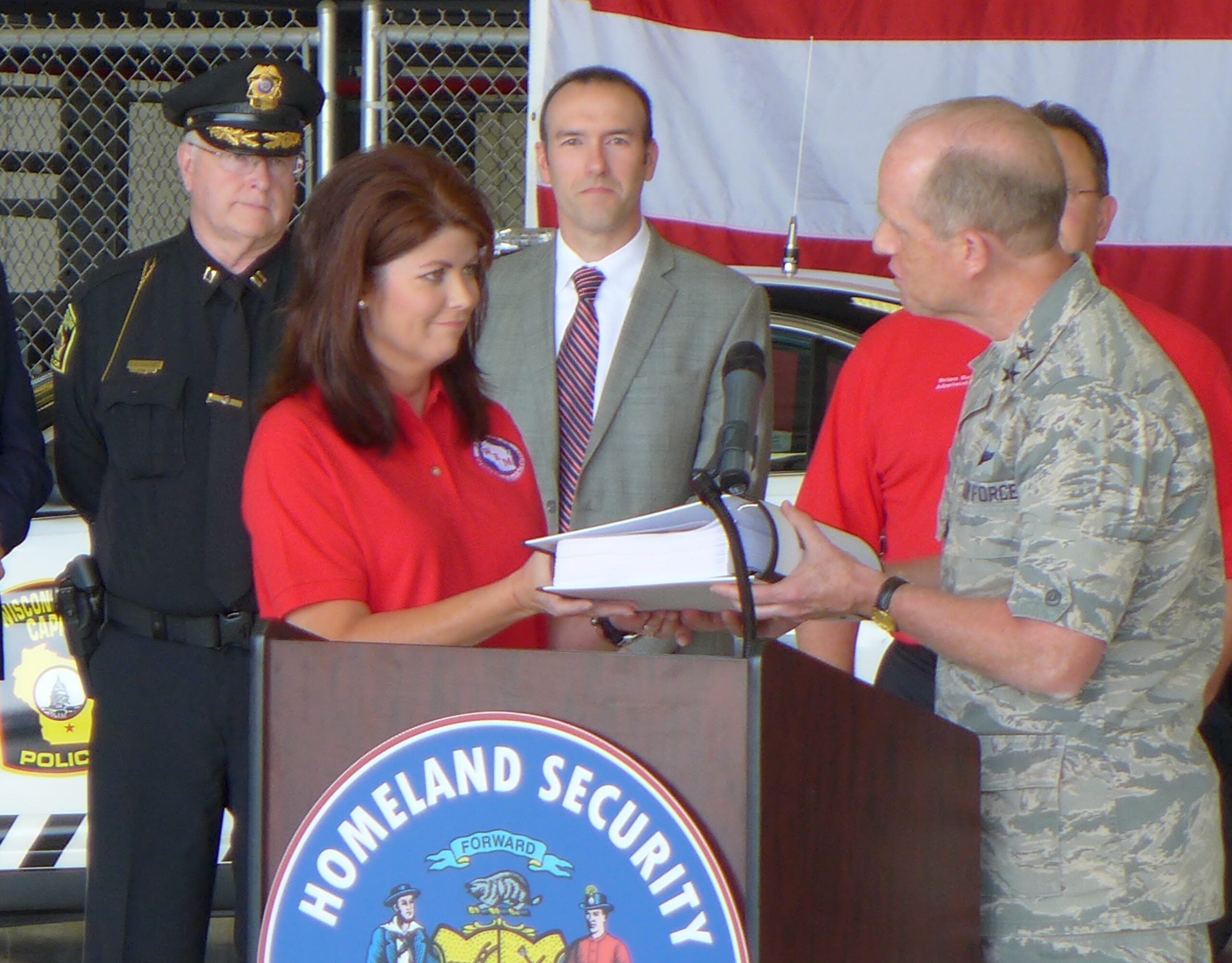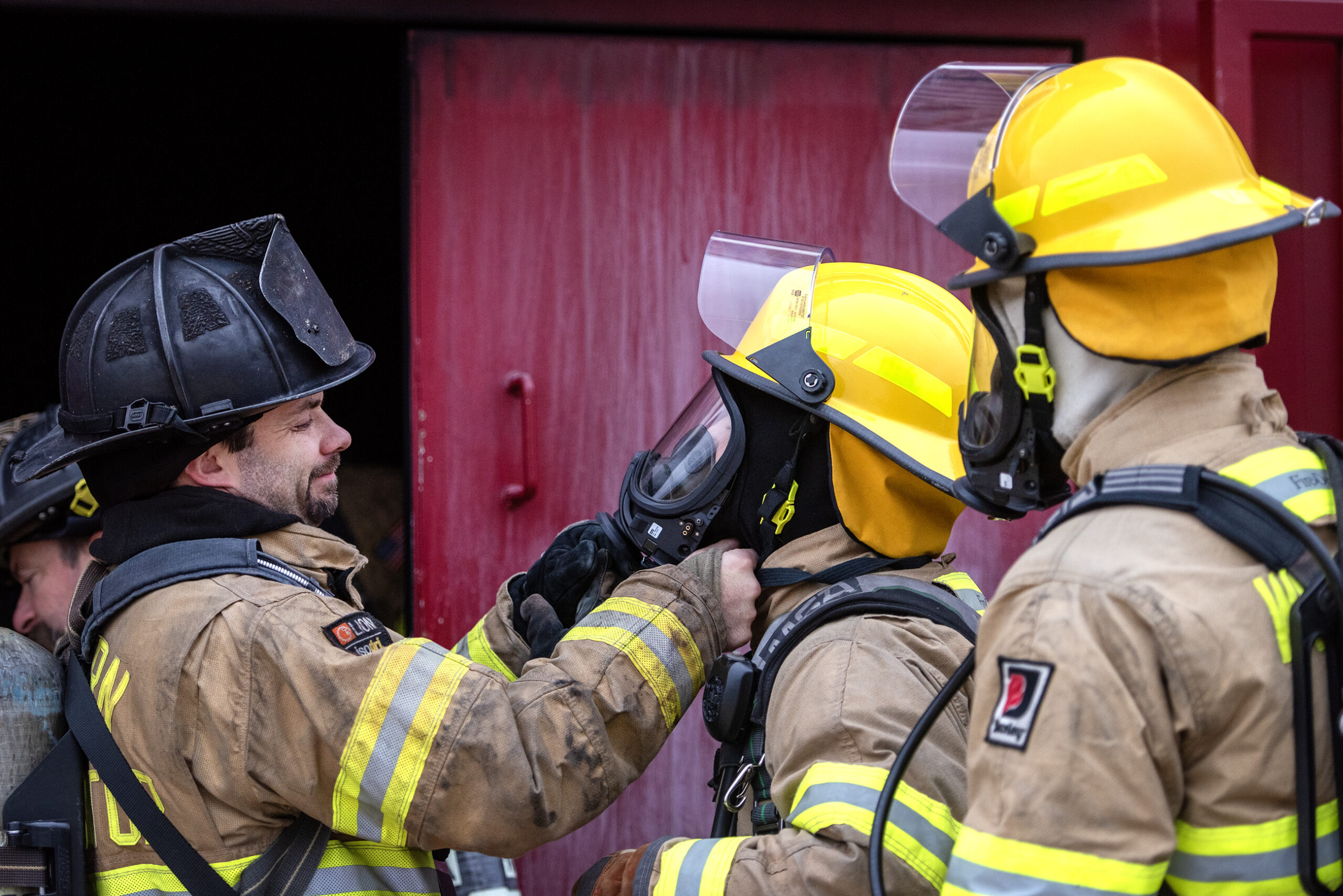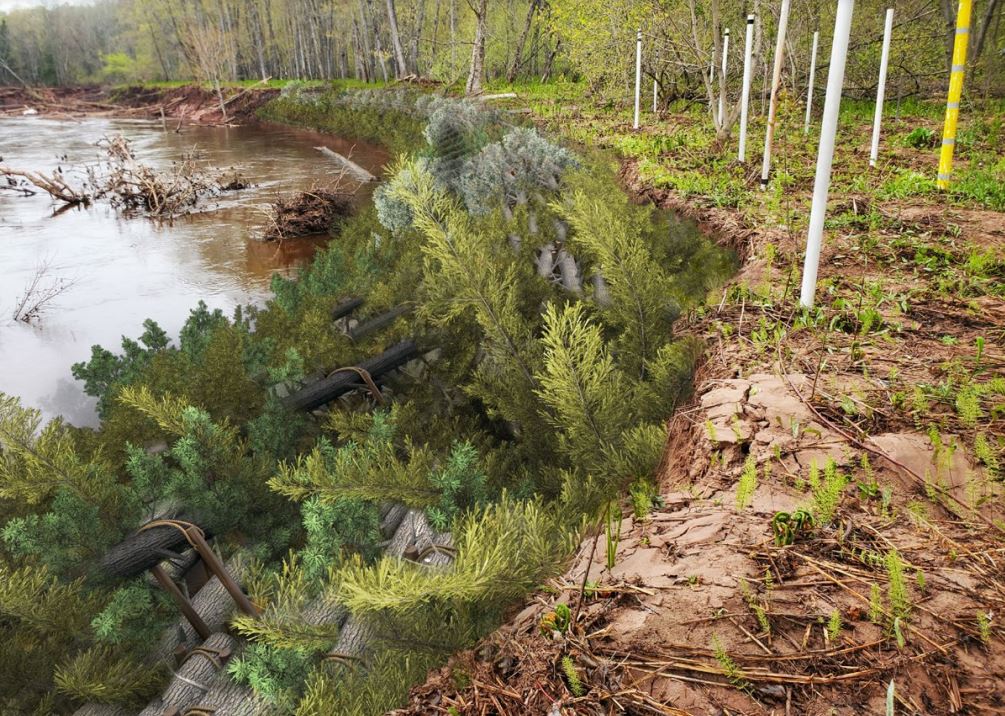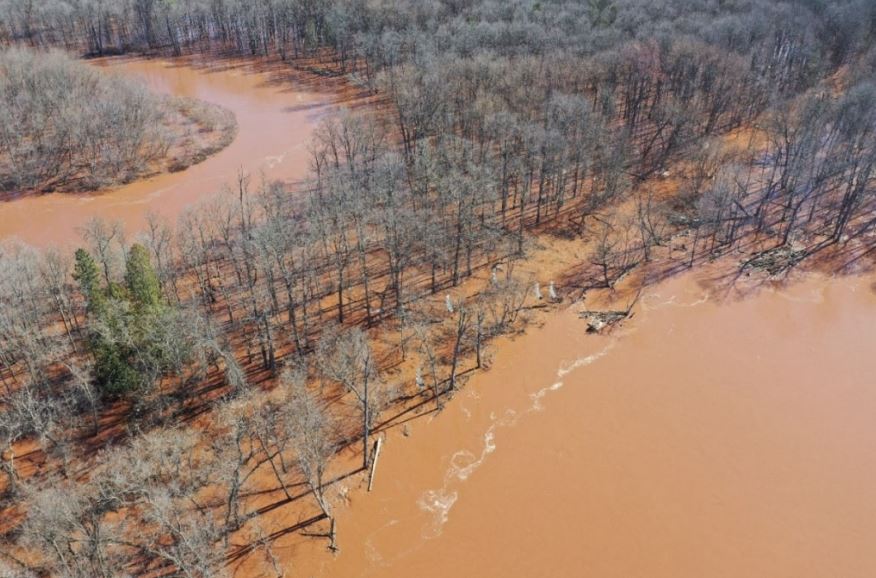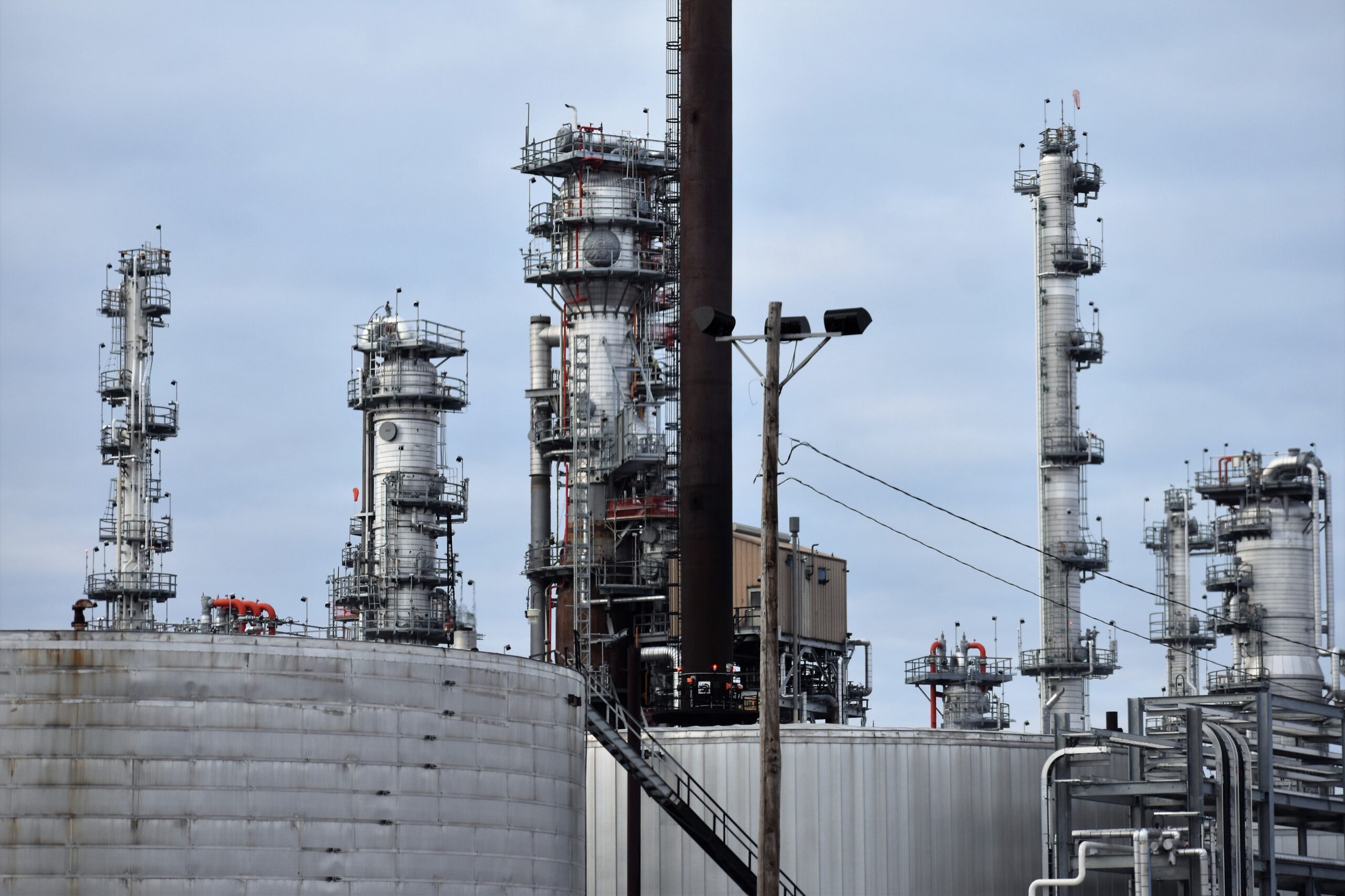Wisconsin has updated its plan for handling natural disasters and emergencies like cyber attacks and rail disasters.
At Truax Field Thursday, Lt. Gov. Rebecca Kleefisch was given a hefty document detailing Wisconsin’s plan for emergencies.
“We know that there are an average of 23 tornadoes a year in Wisconsin. We understand that weather pattern we’ve recovered from it in the past. We understand that we have 15,000 lakes and there may be flooding,” she said.
Stay informed on the latest news
Sign up for WPR’s email newsletter.
These plans are updated every four years. But unlike past updates, reporters at the press conference were not given the full, detailed plan and were told to file an open records request to get that information.
Any potential changes to the plan for how state and local agencies respond to oil train accidents weren’t discussed at the press conference either, but Emergency Management Administrator Brian Satula noted that recently his department and other emergency responders staged a mock oil spill in the La Crosse area for practice.
“Around 100,000 gallons of crude oil released into the environment. There was fire and it would also affect the environment and waterways,” Satula said, describing the scenario. “It’s real. It’s contemporary types of risks this state faces.”
BNSF Railway hauls most of the crude oil coming from the northern Plains. Dozens of trains each week go through eight counties next to the Mississippi River. Canadian Pacific also hauls oil from La Crosse to Milwaukee.
Last year there were two major oil train spills, one in Slinger and the other in Waterford. Slinger had to evacuate dozens of homes after 5,000 gallons of diesel fuel spilled. The Waterford incident involved 4,000 gallons.
Wisconsin Public Radio, © Copyright 2024, Board of Regents of the University of Wisconsin System and Wisconsin Educational Communications Board.

